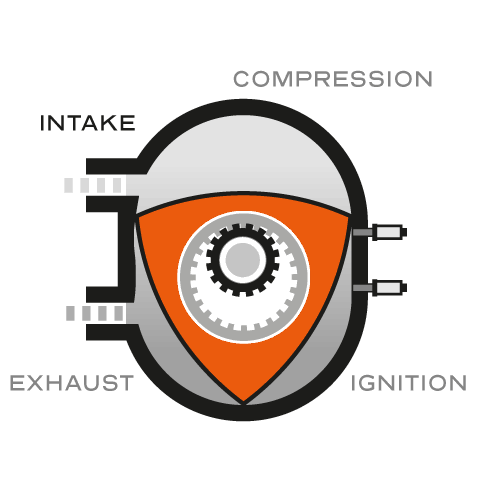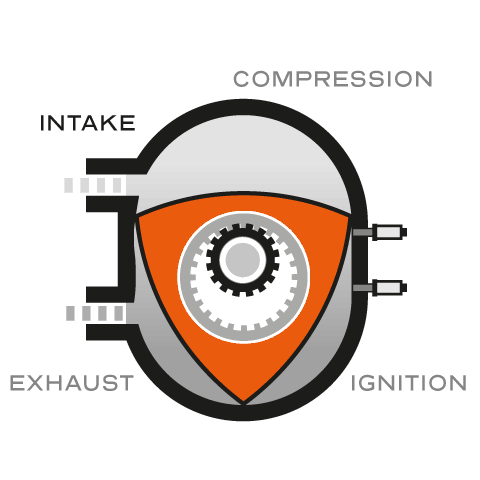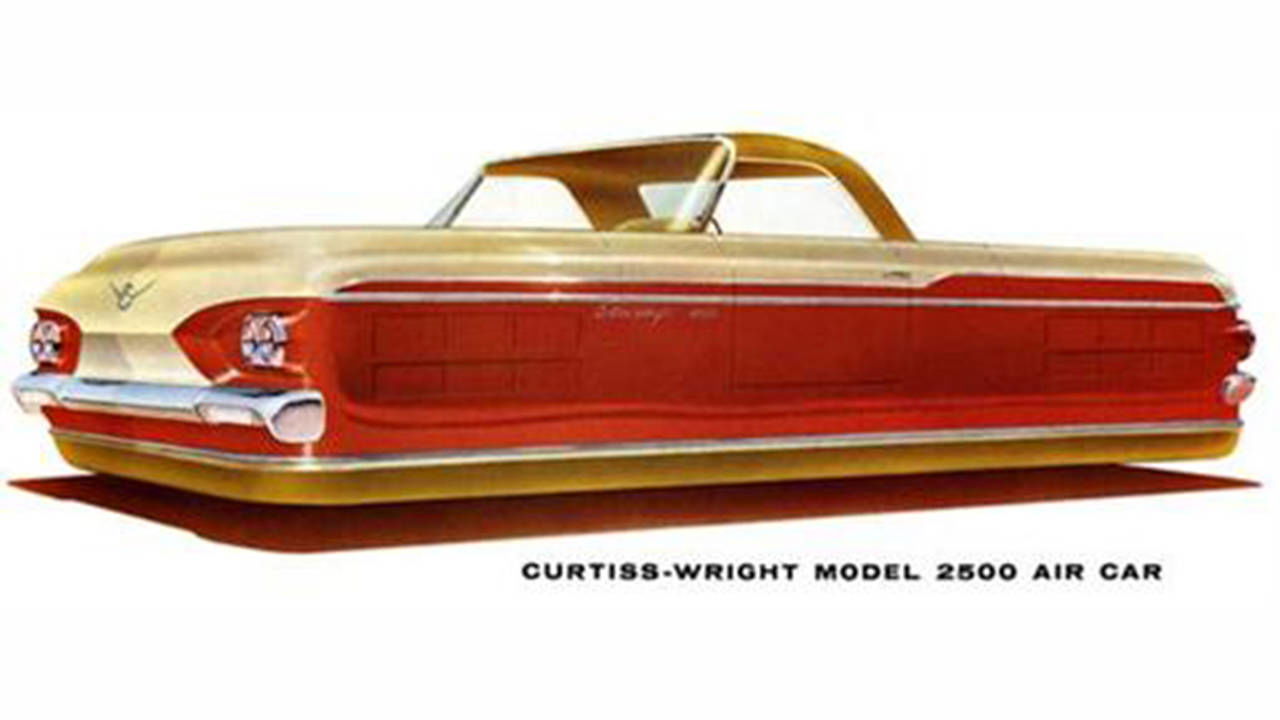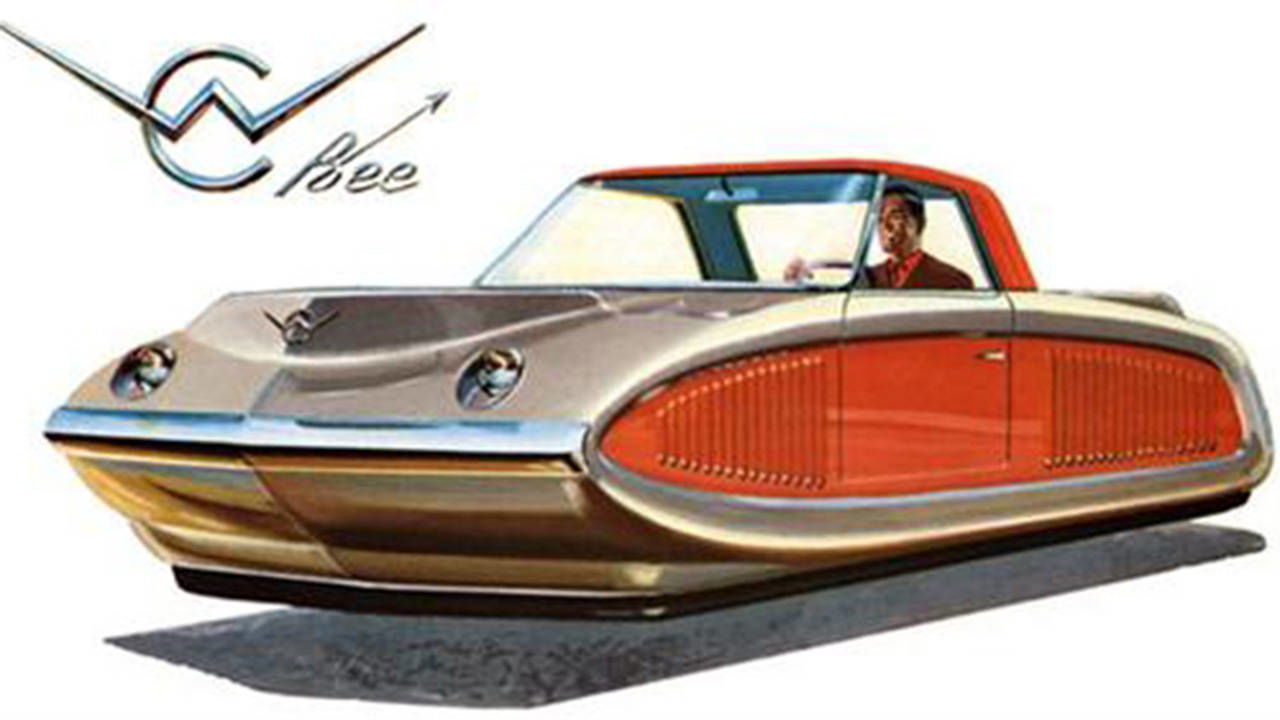5 Car Technologies That Never Made It Big

1. The Wankel engine

Alongside the many advantages of the Wankel - including its light weight, small size, higher power-to-weight ratio and zero reciprocating parts - the engine never really made it in the big bad world of cars because of its comparatively poor reliability (apex and rotor seals lift), bad fuel economy and sky high emissions. Wankel engines also have a chronic oil-drinking habit. As an example, a Mazda RX-8 will use approximately over 1 litre (around one quart) of oil every 2000 miles.
Compared to the rest of the technologies on this list, however, the Wankel engine has done very well indeed…
Wrist twist steering was an experimental steering control made by Ford in the 1960s. It was said to be better than the tradition wheel because it allowed for more room in the cabin, improved visibility of the instrument panel and the road ahead, and because it made parking for women much simpler (apparently women couldn’t park in the 60s…).
Obviously, the concept never caught on, presumably because it was expensive to make and probably because snap oversteer would have landed the little lady with broken thumbs.
3. The jet-powered car

Imagine a world where we all drove jet-powered cars. Our roads would sound like giant vacuum cleaners. In the 1960s, jet cars were thought to be the future, and for good reason. Jet engines have five times fewer moving parts than a conventional engine, are self cooled and can be powered by almost any fuel - kerosene, diesel, alcohol…you name it, it probably would have loved it.
There were issues with the 50 Chrysler Turbine cars that were made for experimental use by the general public. For instance, high altitudes caused problems for the combined starter-generator, and the start-up process was too complex for some people to get to grips with. If another negative point you’re thinking of is that the exhausts will melt people, cars and the road, then you’d be wrong. Chrysler installed regenerators to recirculate the hot gasses, meaning that the exit temperatures were actually cooler than those of a conventional piston car.
Like wrist twist steering, fifth-wheel driving was another concept that was designed to solve a problem that never existed. The idea was that when you were parking, your retractable spare wheel would drop down from the boot, lift the car and drive the rear-end into the parking spot.
This idea, while novel, would have caused massive issues if and when hydraulics failed, and would have impeded massively on luggage space. And what would happen if one of other four wheels needed changing after a puncture?
5. The air car

The Curtiss-Wright Air Car was massive at 21 feet long, eight feet wide and five feet tall. It was powered by two 180hp aircraft engines and had a top speed of 38mph…
The reason for its failure was simple. The hover car was originally intended for military use, but because it stopped working on rough ground, a military contract was never secured. For that reason, Curtiss-Wright thought ‘Oh, bugger, how can we salvage this?’ which is why they decided to take the idea to the civilian car market.

A more car-like ‘Bee’ concept was drawn up, but this idea fell flat on its face. Recently, a well-respected British research institute and governing body tried to revive the idea, but real-world testing revealed a few minor flaws, which you can see for yourselves…


Comments